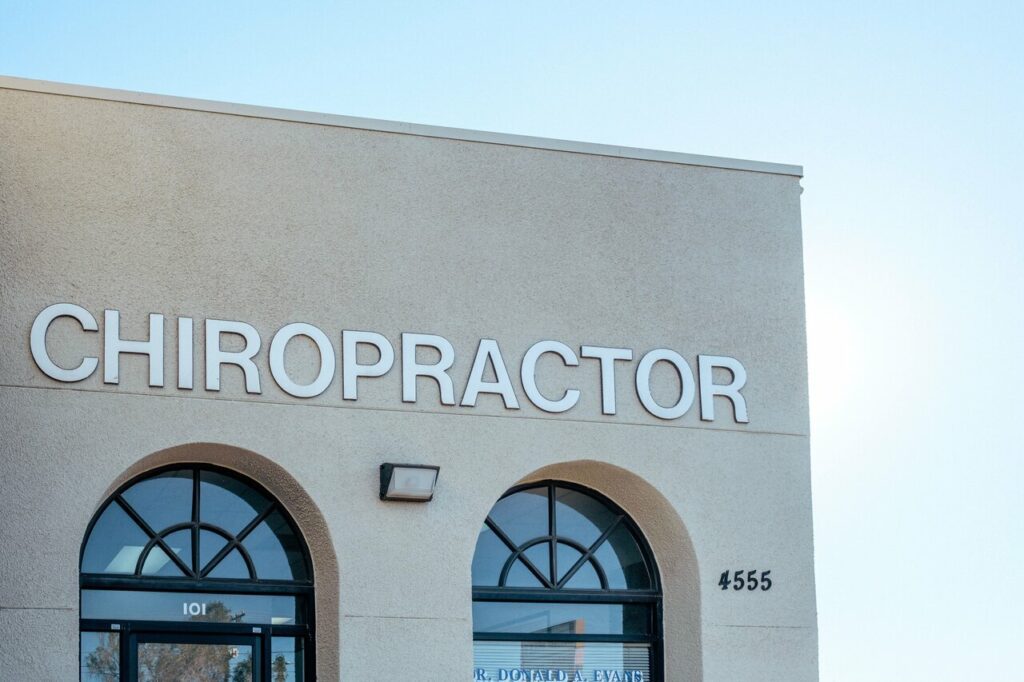No one likes to feel pain, but it is an unfortunate and often necessary part of life. As we age, our bodies become more susceptible to pain due to the natural wear and tear of everyday living. Additionally, chronic conditions such as arthritis can make chronic pain management a difficult task.
Various pain management solutions are available, both medical and non-medical. Over-the-counter and prescription medications can effectively manage pain, but they come with the risk of side effects. Non-medical options such as acupuncture, massage, and exercise can also help reduce pain levels.
Making a plan to manage your pain is essential in maintaining your quality of life as you age. Work with your doctor to find the right pain management solution for you.
Essential Facts About Pain Management
Pain management is a branch of medicine that focuses on alleviating pain and improving the quality of life for patients dealing with chronic or acute pain. There are a variety of pain management techniques, ranging from medication to surgery.
In most cases, a combination of treatments provides the best possible relief. Pain management doctors work closely with patients to develop a treatment plan that meets their individual needs. Usually, the goal of pain management is to reduce pain to a level that allows the patient to function normally.
However, in some cases, complete pain relief may not be possible. In these cases, the focus may be on improving the quality of life by managing the side effects of pain and providing emotional support.
Common Types Of Pain
While many different types of pain can affect seniors, a few are particularly common.
Arthritis, for example, is a condition that causes inflammation and pain in the joints. It often occurs as we age due to our joints’ wear and tear over the years.
Another common type of pain is back pain. This can be caused by various factors, including poor posture, muscle strain, and degenerative diseases such as osteoporosis. Regardless of its cause, back pain can be extremely debilitating, making it difficult to perform everyday activities.
Finally, neuropathic pain is another type of pain that seniors often experience. This type of nerve pain can be caused by diabetes, shingles, and other conditions. It is often described as a burning or tingling sensation, making everyday activities quite painful.
These are just a few of the most common types of pain that seniors experience. While some pain is a normal part of aging, others may indicate a more severe condition.
It is essential to consult with a doctor if you are experiencing any pain, as they will be able to determine the cause and recommend the best course of treatment.
Pain Solutions As We Age
When it comes to finding pain solutions, there is no one-size-fits-all answer. However, there are a variety of options available that can provide relief.
Soothe The Pain With Heat
Though often associated with cold weather, did you know that applying heat to your pain can provide relief? When we experience pain, it is a signal from our brains that something is wrong.
In response, our bodies send blood to the area to protect and heal it. This increased blood flow causes the sensation of warmth. Applying heat externally can help to replicate this process and promote healing. Additionally, heat increases the flexibility of muscles and joints, which can help to reduce stiffness and pain.
There are many ways to apply heat, including heating pads, hot water bottles, warm baths, and microwavable rice sacks. If you’re looking for natural pain relief, don’t forget that heat can be a powerful ally.
Cold Therapy
Cold therapy is one such solution that can be used to treat pain effectively. Cold therapy works by numbing the affected area, which reduces inflammation and helps to relieve pain.
It can be used to treat a wide variety of conditions, including headaches, muscle pain, arthritis, and more. Plus, it’s easy to do at home with ice packs or frozen veggies. So if you’re looking for a pain solution that works, give cold therapy a try.
Massage Therapy
While many solutions can help to relieve pain, massage is a convenient option. Massage helps increase circulation and reduce tension, which can contribute to pain relief.
In addition, massage can help to release endorphins, the body’s natural pain-relieving chemicals. As a result, massage can be an extremely effective way to relieve pain, mainly when combined with other solutions such as heat or ice therapy.
If you’re looking for ways to reduce pain as you age, ask your doctor about the benefits of massage therapy.
Acupuncture Method
For people looking for a more natural approach to pain management, acupuncture may be an option worth considering.
Acupuncture is a form of alternative medicine that has been used for centuries. It involves the insertion of thin needles into the skin at specific points on the body. This is said to help promote healing and relieve pain.
While acupuncture is generally considered safe, it’s always essential to consult with a doctor or licensed practitioner before starting any new treatment.
Chiropractic Method
Another option for pain management that is often overlooked is chiropractic care. Chiropractic is a natural, drug-free method of treating acute and chronic pain.
It involves adjusting the spine and other joints to restore proper alignment and relieve pressure on the nerves. This can help to reduce inflammation and improve the range of motion. In addition, chiropractic care can help to improve circulation and boost the immune system.
As a result, it is an effective treatment for various conditions, including headaches, neck pain, back pain, and arthritis. If you want an alternative to pain medication, consider talking to a chiropractor about your options.
Medication
Working with your doctor to find the best approach for you is also essential. This may include a combination of prescription and non-prescription medications and lifestyle changes.
Acetaminophen is often a safe choice for mild to moderate pain, but be sure to ask your doctor about any potential adverse drug reactions before taking it. In addition, several other non-prescription pain medications may be effective for some older adults.
With careful planning and management, it is possible to keep pain under control and maintain a good quality of life as we age.
Summing Up
As we age, our bodies go through a lot of changes. We might not be as active as we once were, and we might start to experience more aches and pains.
Various medication options are available for acute and chronic pain, so it’s important to talk to your doctor about what would work best for you. In addition to medication, there are other pain management options, such as physical therapy, massage, acupuncture, and more.
It’s essential to find a plan that works for you and stick with it. You can manage your pain and keep living your life with the right treatment plan.



